Fascination with big cats often stems from their majestic presence and sheer power. Yet, what truly sets these creatures apart is their hunting prowess. Each big cat possesses a unique technique that defines its survival strategy in the wild. These strategies evolve from their environment and prey, making them as diverse as the cats themselves. Let’s delve into the captivating world of big cats and their unusual hunting techniques, which have intrigued wildlife enthusiasts and researchers alike.
Lions: The Masters of Teamwork
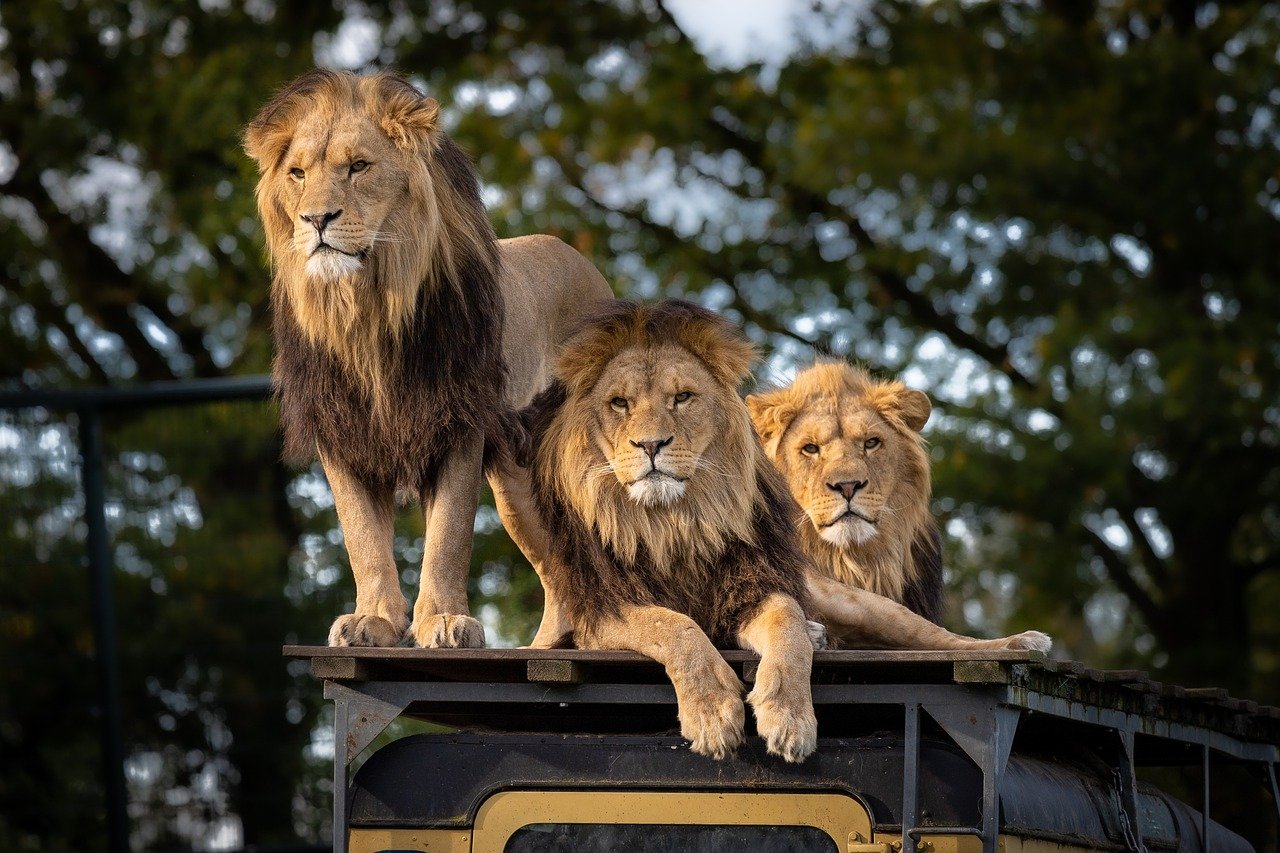
Lions are often dubbed the “kings of the jungle,” but their real strength lies in their social structure and teamwork. Unlike most big cats, lions are social animals that hunt in prides. This communal approach allows them to take down larger prey, such as buffalo and giraffes. The pride collaborates by strategically surrounding their target, cutting off escape routes, and using their numbers to overpower their prey. This teamwork not only ensures a higher success rate but also strengthens the bonds within the pride. It’s a fascinating example of how cooperation can be more effective than going solo.
Tigers: The Stealthy Stalkers
Tigers are solitary hunters, relying on stealth and the element of surprise to catch their prey. Their striped fur provides excellent camouflage in the dense forests and grasslands, allowing them to blend seamlessly into their surroundings. Tigers patiently stalk their prey, often for several hours, before launching a sudden and powerful attack. Their strong jaws and sharp claws make them formidable predators capable of taking down animals much larger than themselves. The art of silence and surprise is truly mastered by these magnificent creatures.
Cheetahs: The Speed Demons
Cheetahs are renowned for their incredible speed, making them the fastest land animals on Earth. However, speed alone doesn’t guarantee a successful hunt. Cheetahs use their keen eyesight to spot prey from a distance, and then they rely on their speed to chase it down. They can reach speeds of up to 60-70 miles per hour but only for short bursts. Their lightweight body and long legs are perfectly adapted for these high-speed chases. Precision, timing, and a burst of speed are the cornerstones of a cheetah’s hunting technique.
Leopards: The Ambush Experts
Leopards are masters of the ambush, using their environment to their advantage. With their excellent climbing skills, they often perch in trees, waiting for the perfect moment to pounce on unsuspecting prey below. Their spotted coat provides effective camouflage in various habitats, from savannas to dense forests. Leopards are opportunistic hunters, capable of taking down a wide range of prey, from small rodents to large antelope. Their strength and agility make them one of the most versatile predators among big cats.
Jaguars: The Powerful Swimmers
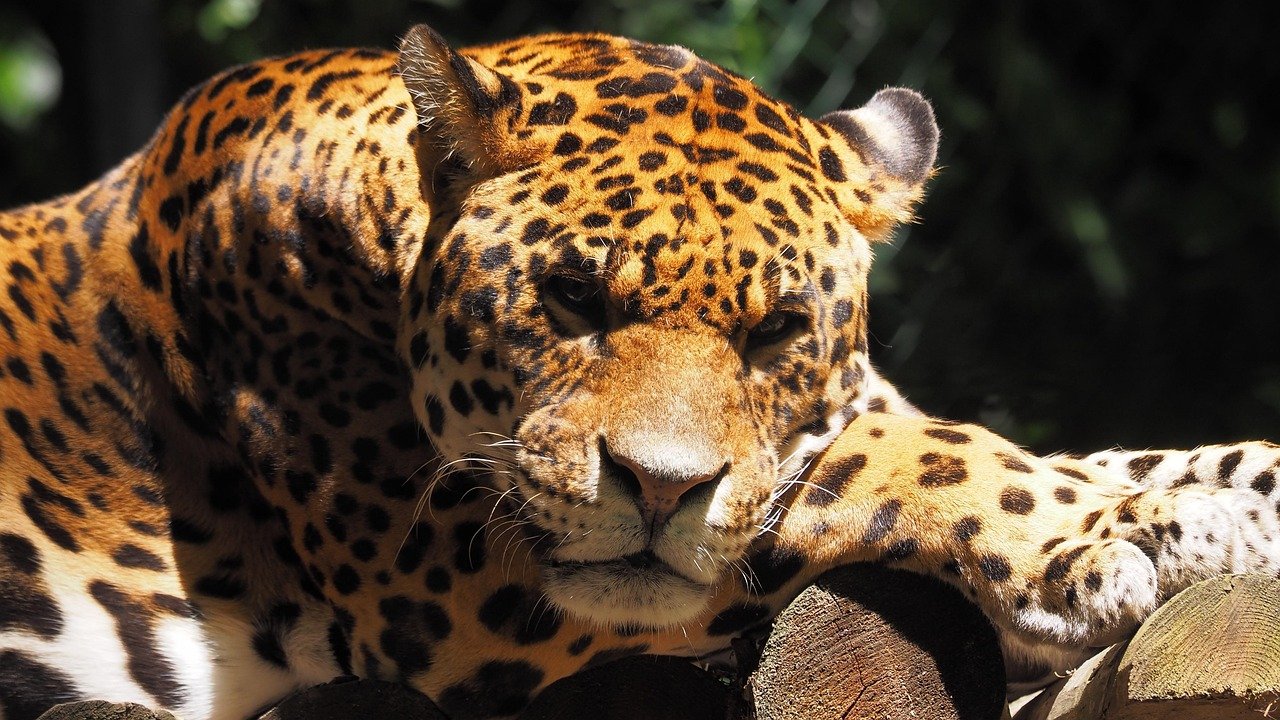
Jaguars are unique among big cats for their affinity for water. These powerful swimmers often hunt in and around rivers and lakes, preying on fish, turtles, and even caimans. Their muscular build and strong jaws allow them to deliver a crushing bite to their prey, often targeting the skull or neck for a quick kill. Jaguars are also known to climb trees to ambush prey, showcasing their adaptability and resourcefulness. This combination of aquatic and terrestrial hunting techniques makes jaguars formidable predators in their habitat.
Pumas: The Silent Stalkers
Pumas, also known as cougars or mountain lions, are solitary hunters with a knack for stealth. They prefer to hunt at dawn or dusk, using their excellent night vision to their advantage. Pumas silently stalk their prey, using their keen senses to get as close as possible before launching a swift and powerful attack. Their agility and strength allow them to take down prey much larger than themselves, such as deer and elk. Pumas exemplify the art of patience and precision in the wild.
Snow Leopards: The Mountain Climbers

Snow leopards inhabit some of the harshest terrains on Earth, and their hunting techniques reflect their adaptation to these environments. These elusive cats are expert climbers, using their powerful hind legs to leap across rocky landscapes in pursuit of prey. Their thick fur provides insulation against the cold, while their long tails aid in balance. Snow leopards primarily hunt mountain goats and sheep, relying on their agility and stealth to navigate the rugged terrain. Their ability to thrive in extreme conditions is a testament to their resilience and adaptability.
Clouded Leopards: The Tree Dwellers
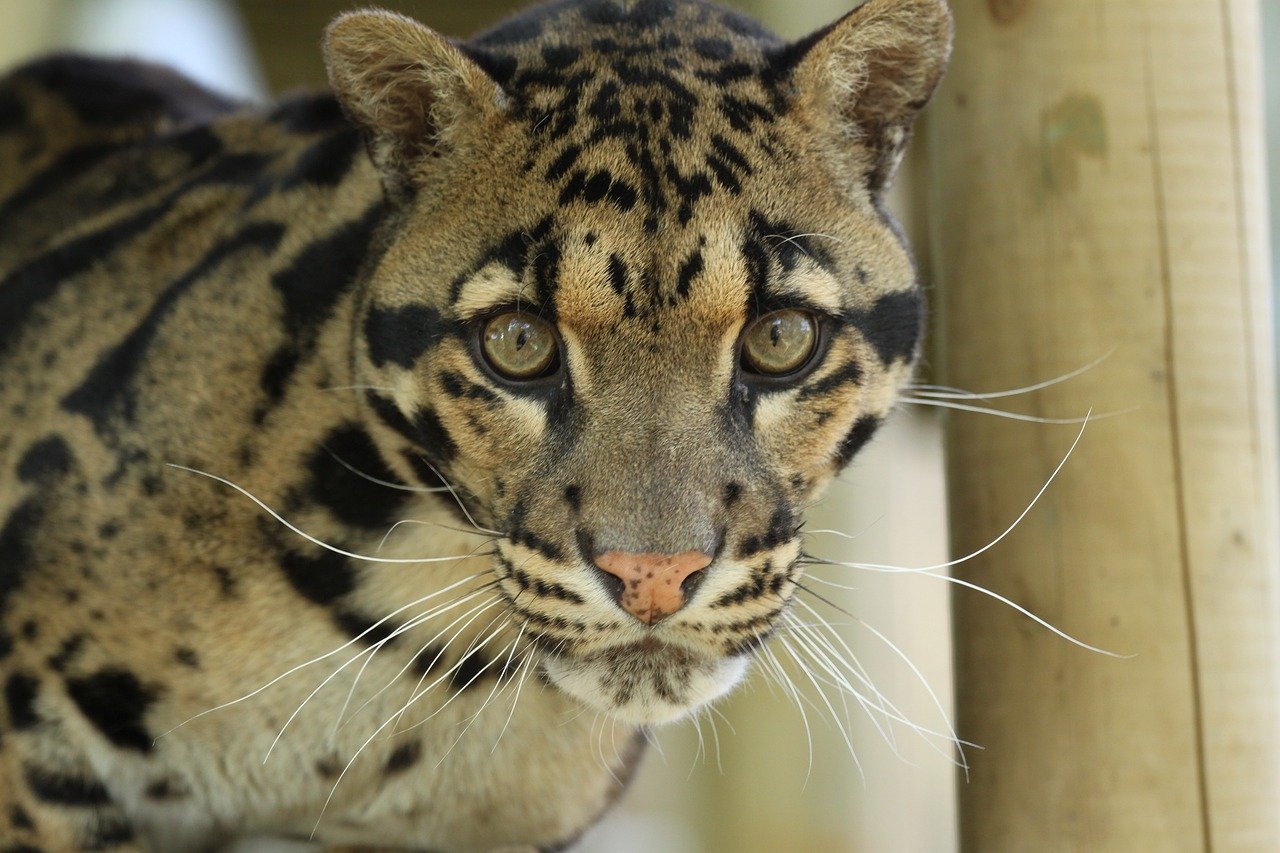
Clouded leopards are arboreal specialists, spending much of their time in trees. Their short, powerful legs and large paws make them excellent climbers, capable of descending headfirst down tree trunks. Clouded leopards use their elevated vantage point to spot prey and launch ambushes from above. They primarily hunt birds and small mammals, adapting their technique to the dense forests they inhabit. This unique arboreal lifestyle sets clouded leopards apart from their terrestrial counterparts.
Caracals: The Aerial Acrobats
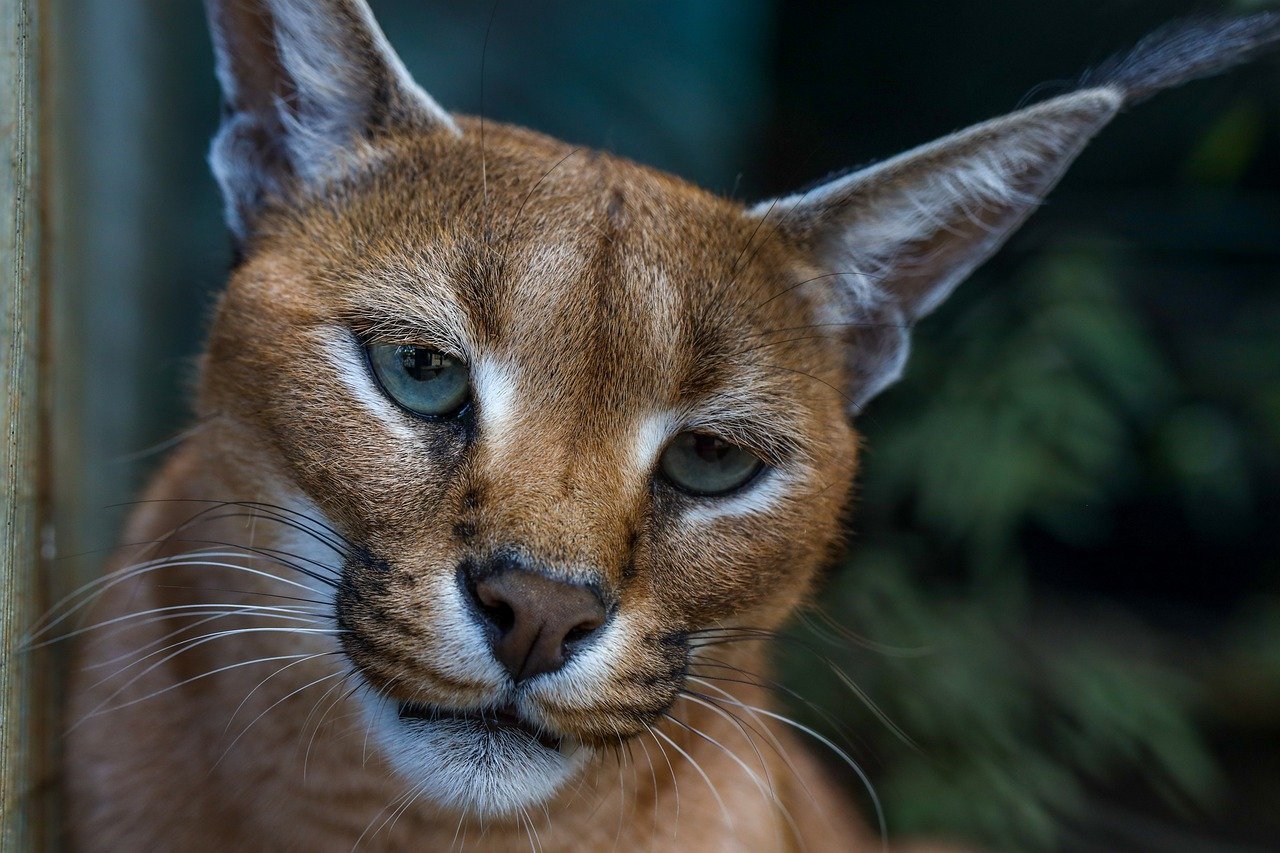
Caracals are medium-sized wild cats known for their remarkable jumping ability. They can leap several feet into the air to catch birds in flight, showcasing their agility and precision. Caracals primarily hunt at night, relying on their keen senses to locate prey in the darkness. Their distinctive tufted ears aid in pinpointing sounds, making them highly effective hunters. Caracals’ aerial prowess and adaptability make them fascinating predators in their own right.
Servals: The Skilled Pouncers
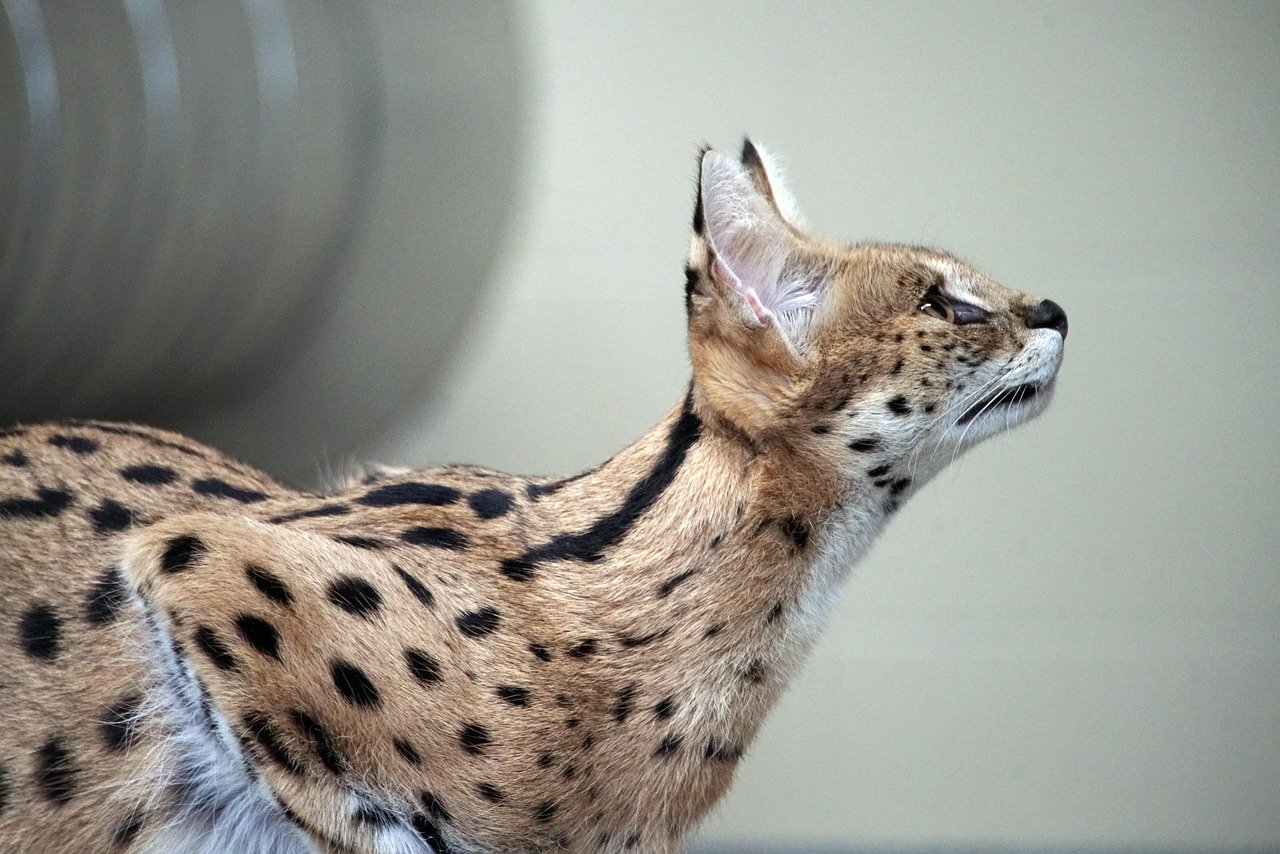
Servals are medium-sized cats with long legs and distinctive ears, perfectly adapted for hunting in tall grass and wetlands. They rely on their acute hearing to detect the movements of small mammals, birds, and reptiles. Once they pinpoint their prey, servals use their powerful legs to perform high, arching leaps, pouncing on their target with precision. Their quick reflexes and adaptability make them successful hunters in a variety of habitats. Servals are a testament to the incredible diversity of hunting techniques among big cats.
In the world of big cats, survival depends on mastering the art of the hunt. These remarkable creatures have evolved unique techniques that reflect their environment, prey, and physical attributes. Each big cat, from the social lions to the solitary snow leopards, showcases the incredible diversity of nature’s design. Their hunting strategies not only ensure their survival but also highlight the intricate balance of ecosystems and the awe-inspiring adaptability of these magnificent predators.

Growing up traveling and experiencing new cultures and wonders, I have had a passion for nature, adventuring, photography, and videography. I am currently working towards a BSc in Biodiversity and Ecology at Stellenbosch University, and I hope to specialise in Marine Sciences one day.
Please send any feedback to Feedback@animalsaroundtheglobe.com






